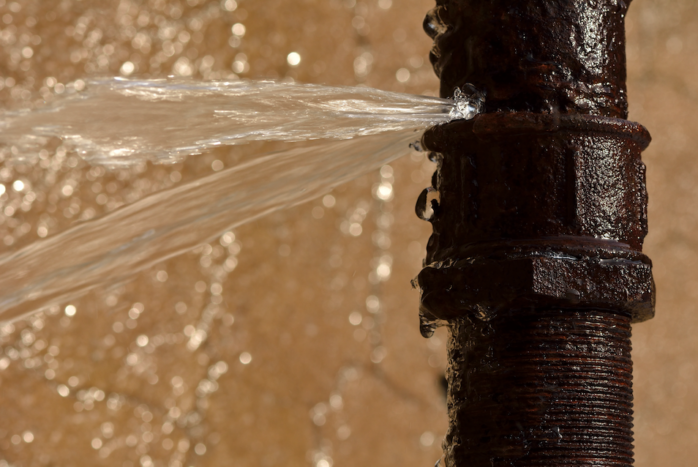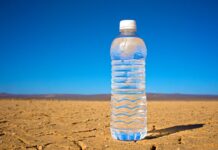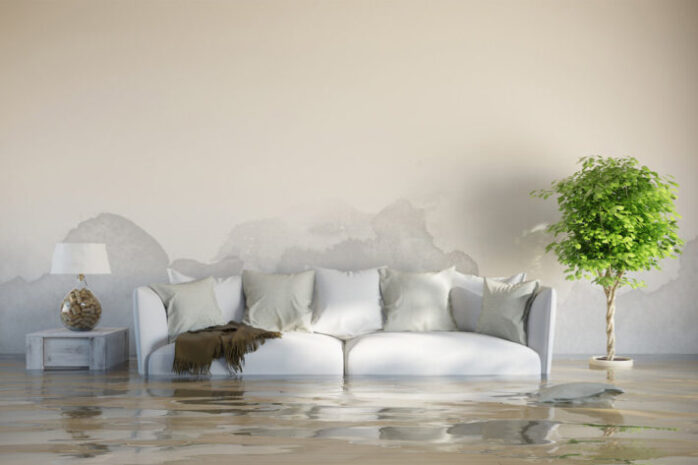
A flood can be caused by a natural disaster, pipe breaking, sewer backlog, or a defective pipeline. However, whatever the source, the surge does tremendous damage, and one must simultaneously safeguard themselves and their property.
Flood water is filthy and can spread disease if not properly cleaned. Make no decisions without first considering the consequences.
This blog discusses how to address the issue once the flood has occurred.
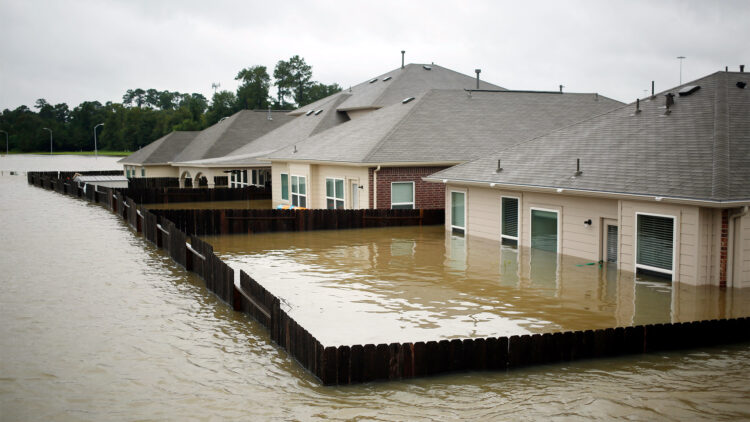
1) Restricting the source
It is essential to identify the source of water so you can rectify the place. Sometimes you may not remember the location. Thus, it would help if you carried advanced tests to determine them.
Professional restoration services such as EvansLeakDetection.com have such equipment which can detect such places. Fault identification will reduce the damage to several folds.
Professional restoration services have such equipment which can detect such places. Fault identification will reduce the damage to several folds.
If the flooding is because of heaving rainfall or storm, contact the Disaster Relief body in the area to inform them about the scenarios and ask them to clear the drains and remove all the waste from them to ensure the smooth passage of water.
Nowadays, automatic shutoff valves reduce water damage that ensures that the water does not spread all around the premises and is contained. You can also install them.
2) Check for Structural Damages
Floods can hit with tremendous force, destroying the structure of the building. As a result, it is critical to get your home examined once before moving back in.
To guarantee the building’s safety, look for damaged walls, floors, and ceilings. Do not enter the premises if there is any damage or if the structure is in danger of collapsing. People who have had water damage in West Palm Beach should notify the appropriate agency as soon as possible so that they can respond at the scene.
Call your utility provider to get them repaired if you discover any gas leaks, water leaks, or exposed electrical wires. If you notice any threat, always remain away and wait for authorities to fix it.
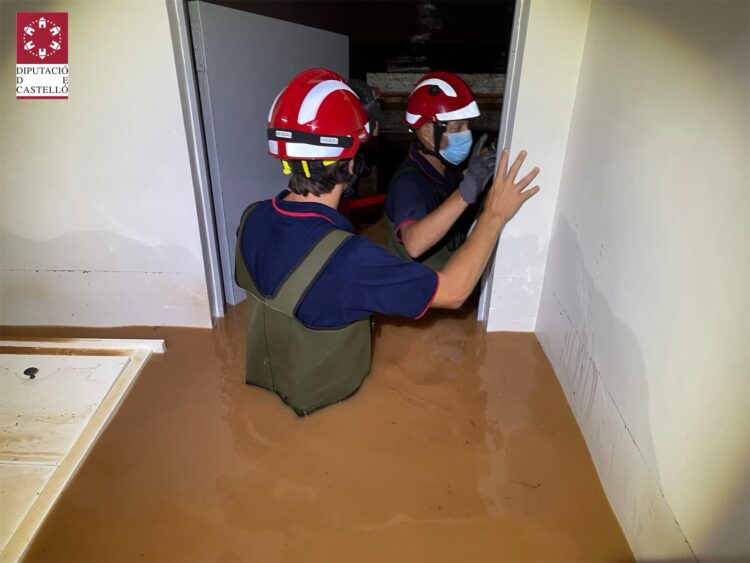
3) Document Everything
Before cleaning the area, make movies and photographs of your home to document it. These will aid you in the process of filing an insurance claim. They will also assist you in the repair procedure.
Record everything that happens during clean-up to provide your insurance company with a better picture of the damage that occurred. More images and videos can help you make your case during the claim procedure.
4) Removing the water and cleaning the place
After the water has dried and stabilized the situation, it is time to clean the area. Begin by eliminating any standing water. Depending on the amount of water on the site, you may need to use a wet vacuum or a pump to remove it. Lifting too many buckets of water can be harmful to your back and body.
Mold may begin to grow if the water remains for an extended period. Water will deteriorate your home’s carpets and furnishings over time. It has the potential to destroy valuable documents and possessions that may otherwise be saved.
It is best to rent a sump pump for this reason or contact a professional firm that deals with water damage to remove the water as soon as possible.
Remove all items that are no longer appropriate for use, and then dry and disinfect the remaining items before reusing them.
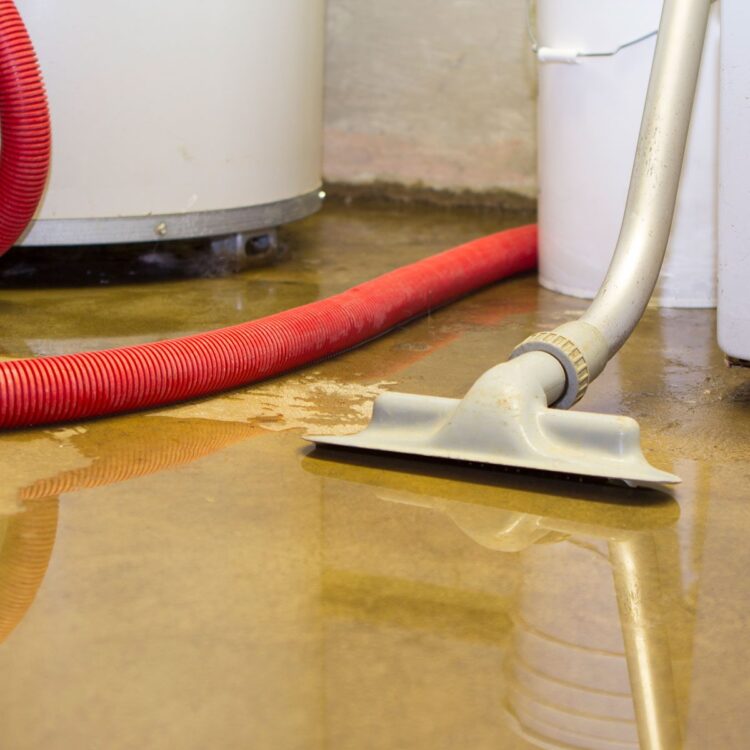
5) Notify your insurance carrier
It is essential to have a policy in place to protect yourself against such losses. Contact your insurance provider as soon as the situation improves and explain every detail of the issue. Further, they will interrogate you about the area, the type of damage that occurred, and so on. Pay great attention to what they say and do as they say.
List down all the required paperwork and keep them ready for the next stage in the procedure. Before cleaning and restoring the area, please take pictures of it to document the damage and assist you in filing a claim.
The insurance company will send an adjuster to assess the situation and decide what damages are covered. Submit the paper as soon as possible so that you may proceed with the procedure.
6) Removing the waste
After drying, clean the area and remove any damaged materials. Things that have been submerged in water for more than 48 hours are no longer fit for use. Among other things, you must remove the drywall, baseboards, floors, carpets, furnishings, cabinets, and appliances.
Clothes, shoes, and utensils that have not been destroyed or worn out can be completely dried in the sun. Would you please discard the food products since they have the potential to cause illness? Save any material you feel can be saved. Allow them to air dry outside. Any items that cannot be reused owing to water damage should be discarded.
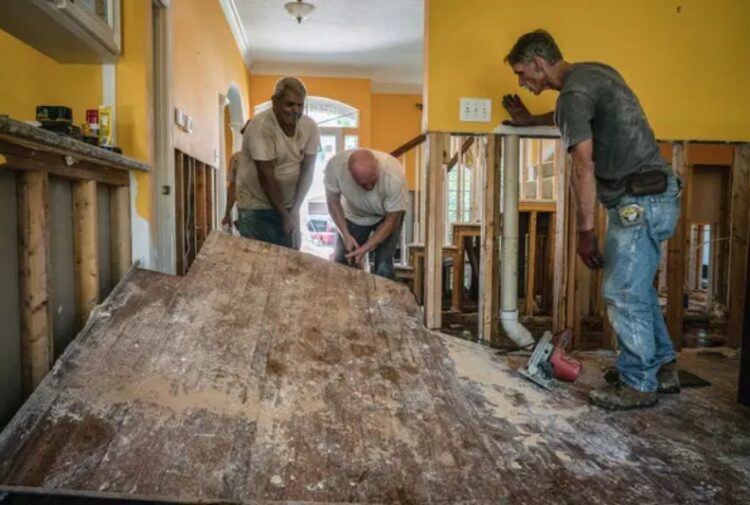
7) Start restoration and move back
Water damage impacts several areas of your home. It includes your furniture, flooring, carpeting, drywall, and other personal belongings. It would be advantageous if you obtained an appraisal of the property before relocating. There is a chance that certain flaws will not be visible from the outside but will exist inside.
Following the examination, you may begin the repair procedure by the suggestions.
When all the repairs have been done and documentation and permission granted, you may return to your house.
The Bottom Line
We hope this helps you in the restoration of your property. You will be able to return to your house after it has been repaired and restored. Hire a restoration company like ColumbusWaterDamage will help you regain your place so that you can live your life happy once again.
A flood can be a challenging experience for you as it damages the places and things with which one may also have an emotional and sentimental value. Never imagine you are alone in this process. You have the support of the authorities, the insurance company, and your loved ones. It will be okay soon!

